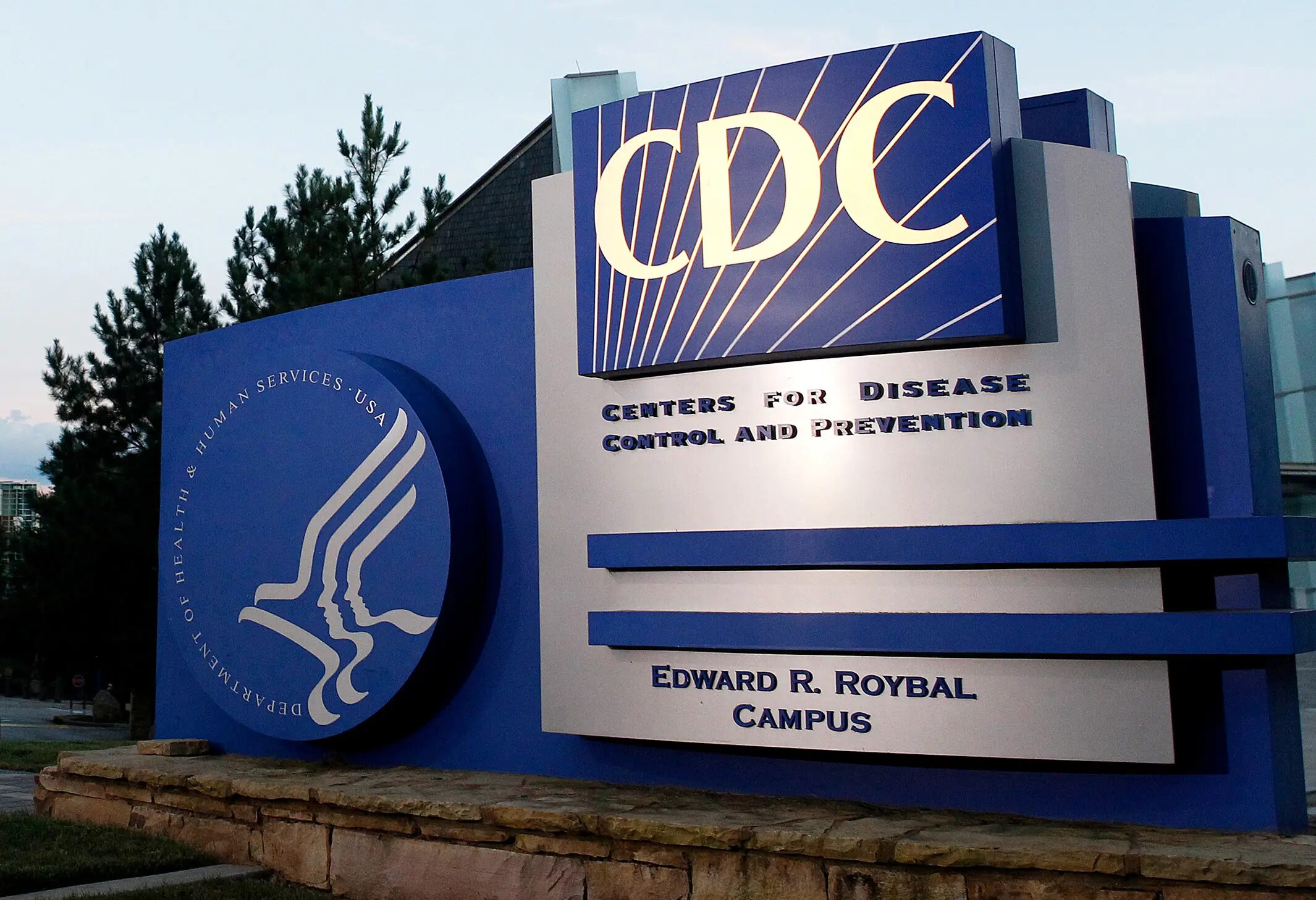Several sources told the Times that the CDC is only publishing "a tiny fraction of the data it has collected."
Comment: See the New York Times piece here: The CDC isn't publishing large portions of the Covid data it collects
The U.S. Centers for Disease Control and Prevention is publishing only a small fraction of the COVID-19 data it has collected, sources told The New York Times.
The CDC has been collecting and breaking down data on COVID-19 hospitalizations by age, race and vaccination status for more than a year, but most of the information has not been publicized, the Times reported Sunday.
The health agency first published significant data two weeks ago on the booster effectiveness in adults under the age of 65, but the CDC did not publish hospitalization numbers for adults ages 18 through 49. The Times speculated, "perhaps because the numbers were too small." Two shots often provide enough protection to that age group.
Some states have been sharing wastewater data, which can be used to predict oncoming COVID surges, since the start of the pandemic. However, the CDC did not begin posting the data until earlier this month.
Several sources told the Times that the CDC is only publishing "a tiny fraction of the data it has collected."
Authorities have been forced to rely on data from Israel to determine the efficacy of booster vaccines, the outlet reported.
CDC Spokeswoman Kristen Norlund told The Times that her agency has been slow to release data "because basically, at the end of the day, it's not yet ready for prime time."
The agency came under fire last year for not publishing data on breakthrough COVID infections last year.
Norlund confirmed that one reason the CDC is hesitant to publish data is that the vaccines may be misinterpreted as being ineffective. Another reason she cited is that the CDC data represents about 10 percent of the U.S. population. The methodology for collecting the data has been used by the CDC for years to track influenza though.
After three-quarters of people infected with Delta last summer in Massachusetts were vaccinated, many concluded that the vaccines were ineffective. Health experts told the Times that the misunderstanding could have been avoided if the CDC educated the public on the fact that as more people are vaccinated, the percentage of those who are vaccinated and infected or hospitalized would also increase.
CDC health official Dr. Daniel Jernigan said that the agency's data systems are not capable of handling the information from the pandemic.
"We want better, faster data that can lead to decision making and actions at all levels of public health, that can help us eliminate the lag in data that has held us back," he told the Times.
The bureaucracy also can create a lag in producing data.
The CDC has several divisions that are required to approve important publications and it must alert its supervising agencies, the Department of Health and Human Services and the White House, of data plans. The CDC also shares data with states and partners before publishing.
"The C.D.C. is a political organization as much as it is a public health organization," Rockefeller Foundation's Pandemic Prevention Institute official Samuel Scarpino told the Times. "The steps that it takes to get something like this released are often well outside of the control of many of the scientists that work at the C.D.C."




Comment: Whatever their excuse, they don't want the data out there because they're hiding something. It's not difficult to intuit what that 'something' is.
See also: